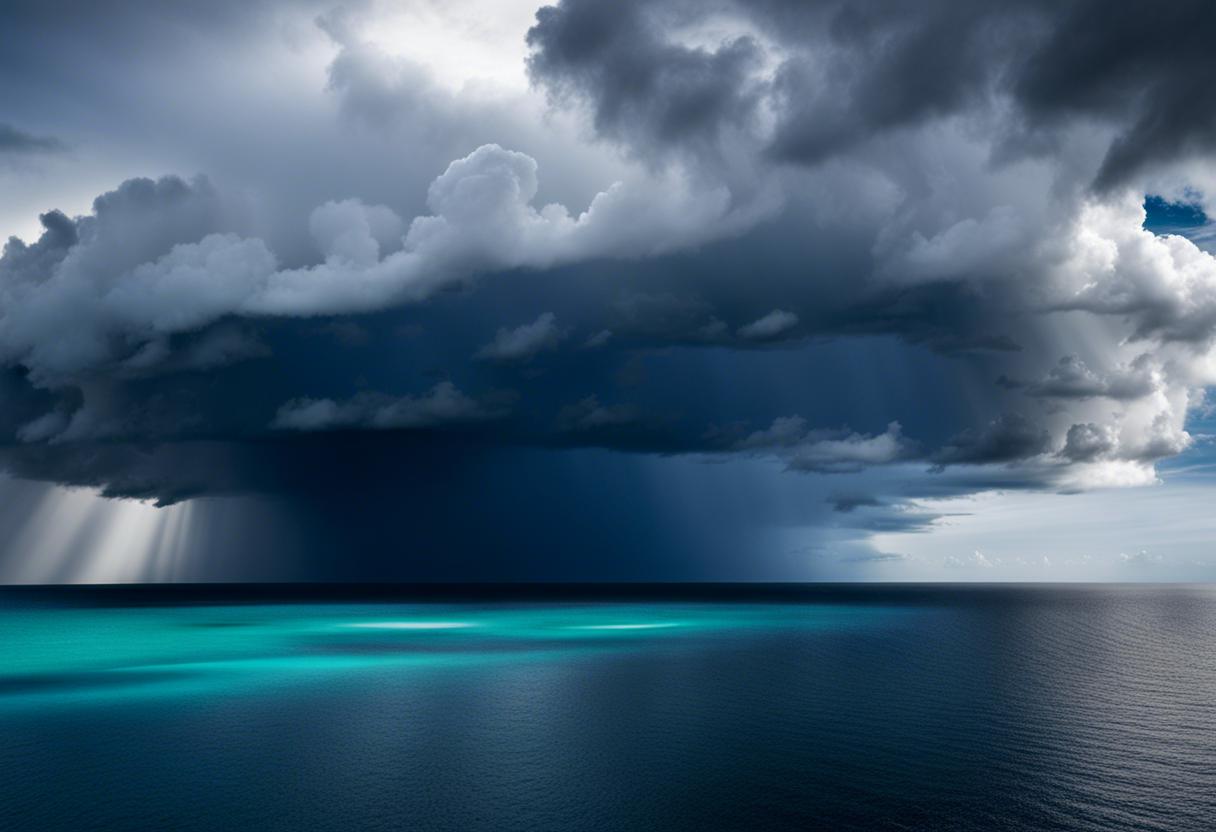Late on Monday, Hurricane Beryl escalated to a Category 5 storm following its destructive path throughout the southeastern Caribbean, where it tore off roofs, windows and doors of residences due to its fierce winds and storm surges, which were powered by the unprecedented warmth of the Atlantic. The hurricane made its appearance in Carriacou, Grenada, marking it as the initial Category 4 storm of the Atlantic, before the National Hurricane Centre in Miami reported later in the day that it had evolved into a Category 5 storm.
Beryl’s strength is projected to fluctuate and subsequently weaken as it continues to traverse the Caribbean in the following days. Following the event, Prime Minister of Grenada, Dickon Mitchell, disclosed that the catastrophe had claimed one life. However, he was unable to report on further fatalities given that assessments on the islands of Carriacou and Petite Martinique were still under way due to communication issues. These islands were the hardest hit, as per preliminary reports.
The Prime Minister stressed his hopes that the casualty would be the only one, drawing attention to the gravely faced situation in Carriacou and Petite Martinique. An evaluation team is scheduled to visit the islands on Tuesday for a more in-depth assessment of the damage.
Debris lines the streets from St Lucia to Grenada, including fallen power lines and felled trees. Agricultural damage is significant, with banana trees snapped in two and cattle found dead in fields, while nearby homes appear dangerously unstable.
Beryl continued its path through the south-eastern area of the Caribbean on Tuesday, destined for Mexico’s Yucatan Peninsula via the south of Jamaica, anticipated to downgrade to a Category 1 storm by Thursday late evening. As the storm powered on Tuesday morning, winds increased to speeds of up to 265km per hour. Its current location is estimated to be around 716km east-southeast of Isla Beata in the Dominican Republic, travelling at a velocity of 35km/h west-northwest.
In light of its trajectory, a hurricane warning has been issued for Jamaica, along with a tropical storm warning for the southern shore of Hispaniola, which is comprised of Haiti and the Dominican Republic.
The National Hurricane Centre has predicted that while Beryl’s intensity may see some derivative movements, it is projected to maintain close to its major hurricane status as it approaches the central Caribbean and Jamaica by Wednesday. This would be followed by a significant drop in its strength.
Two decades ago, the Southeast Caribbean was hit by Hurricane Ivan, a powerful storm which took the lives of many in Grenada. More recently, on Monday afternoon, Terence Walters, the national disaster coordinator of Grenada, conveyed received intel about calamities in Carriacou and other nearby islands.
Grenada’s prime representative, Mr. Mitchell, disclosed his intention to visit Carriacou as soon as circumstances allowed. He noted there has been a sizeable rise in water levels due to the storm. The hospital had to relocate patients to a ground level area due to potential roof damage, Mr. Mitchell added. He expressed the inevitability of further damage and mentioned the need to persist in prayer.
In Barbados, the minister of home affairs and information, Wilfred Abrahams, discussed the use of drones for assessing the destruction post-Beryl, citing their speed advantage over human teams.
Furthermore, Jaswinderpal Parmar from Fresno, California, an attendee at Barbados’s Twenty20 World Cup cricket final, narrated his and his family’s predicament of being stranded along with other fans due to flight cancellations on Sunday stemming from the hurricane. In a phone call, Mr. Parmar mentioned his unfamiliarity with hurricane experiences, with him and his family now praying and receiving calls from anxious kin and acquaintances located as far as India. He admitted that the situation kept him, and his family from sleeping the previous night. – AP.

